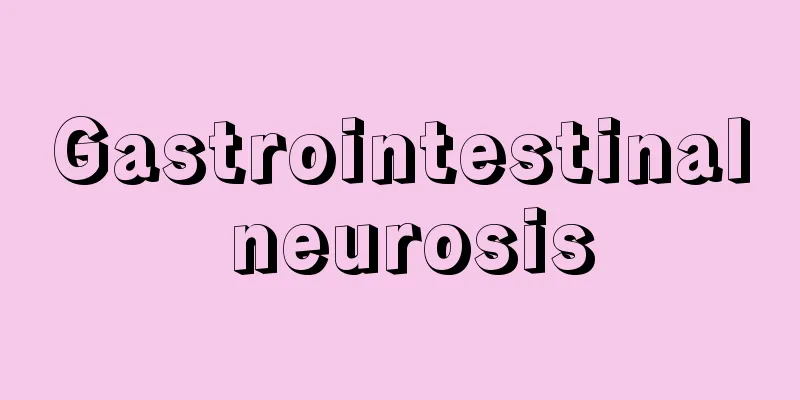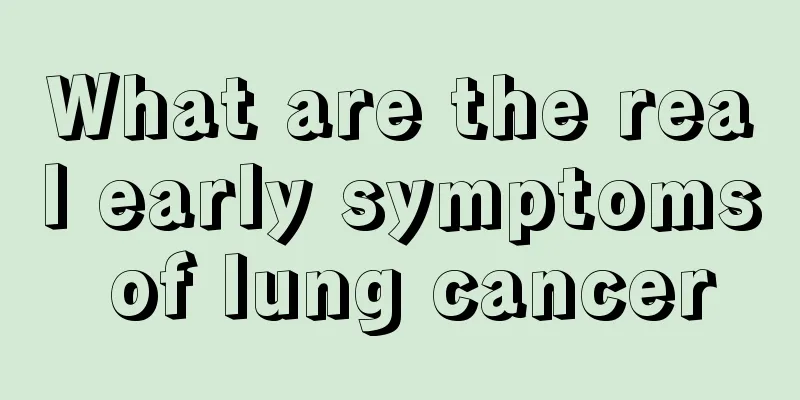How long can you live with pneumoconiosis? Scientific treatment prolongs life

|
Lung disease is caused by long-term and excessive inhalation of dust, and it is extremely harmful to physical health. If not treated in time, it can be fatal. How long a patient with pneumoconiosis can live depends on its treatment. Scientific treatment can greatly prolong the patient's life. 1. Drug treatment for pulmonary fibrosis Its main functions include preventing dust from depositing in the lungs and increasing the lung's clearance function, such as silicium; reducing the toxicity of dust to cells; protecting alveolar macrophages and preventing biofilm destruction; inhibiting fibroblasts from forming collagen; inhibiting immune responses; decomposing collagen, polysaccharides and lipoproteins in silicotic lesions; inhibiting leukocyte damage to lung tissue and fibrosis; and acting as inhibitors of various regulatory factors. 2. Comprehensive treatment of complications : Pneumoconiosis is a chronic progressive occupational disease. During the long course of the disease, it is often combined with other diseases, which not only worsens the condition of pneumoconiosis patients, causes pain to patients and directly affects the prognosis, but is also the main cause of death for pneumoconiosis patients. Pulmonary tuberculosis, respiratory insufficiency and nonspecific lung infection are the three major complications of pneumoconiosis and are also common causes of death. The complications of pneumoconiosis are different from simple diseases in prevention, diagnosis, treatment, prognosis, etc., and have their own characteristics and rules. From the perspective of preventive medicine, actively treating and controlling the various complications of pneumoconiosis belongs to the third level of prevention among the three levels of prevention. It can prevent the progression and deterioration of the disease, alleviate the patient's pain and prolong the patient's life. So far, there is no effective drug or method for pneumoconiosis pulmonary fibrosis, and the main factors affecting the life expectancy of pneumoconiosis patients are comorbidities and complications. Therefore, the treatment of comorbidities is the main method of pneumoconiosis treatment at home and abroad, which has very important practical clinical significance for alleviating patients' pain, prolonging life and improving quality of life. 3. Gene therapy: As our understanding of the pathogenesis of pulmonary fibrosis increases, experimental studies are currently underway on how to safely and effectively transfer target genes into target cells and inhibit cytokine production for a certain period of time. The peak time of some fibrogenic factors, such as TNF-a and TGF-b, was relatively short, which proved the feasibility of high expression of antisense TNF-a and TGF-b. 4. Lung transplantation: In recent years, the research progress of immunosuppressants has created conditions for organ transplantation. However, due to the difficulty and high cost of transplantation technology and the difficulty in sourcing donors, its clinical application is limited. 5. Large-volume lung lavage: The bilateral large-volume lung lavage performed by the Pneumoconiosis Rehabilitation Center of the State Administration of Coal Mine Safety is a treatment measure for patients with persistent dust and macrophage alveolitis. It can not only remove dust, macrophages, and inflammatory and fibrotic factors in the alveoli, but also improve symptoms and lung function. Large-volume lung lavage can remove 3000-5000 mg of dust from one lung, including 70-200 mg of free silica; after surgery, the patient's chest tightness, chest pain, and shortness of breath improved or disappeared, and their physical strength increased significantly; the number of colds and upper respiratory tract infections decreased; lung function showed significant improvements in small airway resistance and diffusion function; 7-8 years of follow-up showed that chest X-ray control observations indicated that the progression of the disease in the lung lavage group was significantly slowed; large-volume lung lavage has a good effect on protecting the lung function of pneumoconiosis patients, maintaining their ability to work, and improving their quality of life, and it does have the effect of delaying the escalation of pneumoconiosis lesions. This is a causal treatment that cannot be achieved by any drug. |
<<: What is multiple peripheral neuritis?
>>: Why do I often feel dizzy when I wake up in the morning?
Recommend
What are the symptoms of mid- to late-stage lymphoma?
The systemic symptoms of malignant lymphoma vary ...
I didn't wash my hair for two days and it was very itchy at night
For some women who love beauty, hair is even more...
Sudden shaking while sleeping
Nowadays, people are paying more and more attenti...
Calories in salad dressing
Vegetable salad and fruit salad are delicacies th...
What is the principle behind low mean corpuscular volume?
In medicine, both the red blood cells and the whi...
If you have a bulging disc, here are 6 ways to treat it
Intervertebral disc bulging is a very common dise...
How to better treat long-term lack of sleep?
Nowadays, people are prone to lack of sleep due t...
How to treat acute nephritis?
Acute nephritis is a common clinical disease. Thi...
The harm of mites
In daily life, people may know very little about ...
How come my voice is hoarse after being kicked in the chest
In life, we often encounter accidents and conflic...
Telogenetic alopecia
Hair loss is a very common phenomenon in life. No...
What are the dangers of colon cancer
What are the hazards of colon cancer that must be...
What is bilirubin
When we check liver function or jaundice, we ofte...
How to reduce the recurrence rate of bile duct cancer
Cancer has taken away countless lives and is a di...
What are the symptoms of nasopharyngeal carcinoma in the late stage?
Experts remind that the symptoms before death of ...









